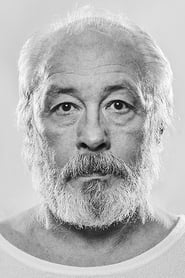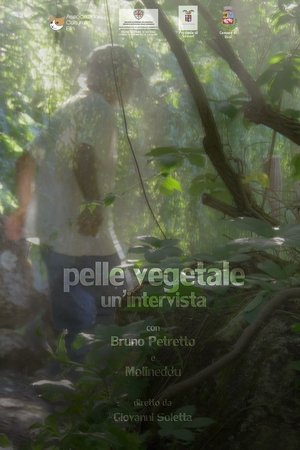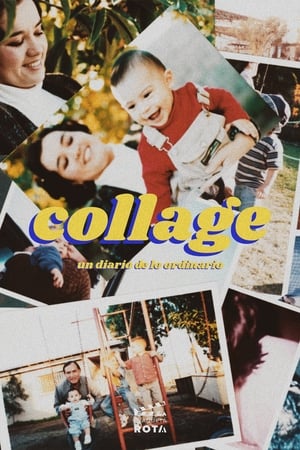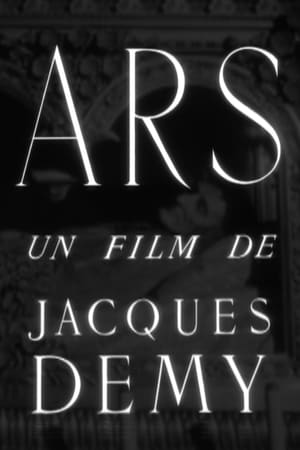

Didactica Magna: Against the Grain(2012)
The film is an insight into a teacher's soul and a contemplation upon his teaching fate. This portrait of a unique, experimental filmmaker and teacher Martin Čihák takes a look at his teaching methods, his meetings with his students at FAMU and at a park where they work with film, or in his studio.

Movie: Didactica Magna: Against the Grain
Top 9 Billed Cast
Himself
Voice of God (voice)
Academic
Kryštof Jankovec
Arithmetrici
Jan Kalužný

Ponorná řeka didaktiky
HomePage
Overview
The film is an insight into a teacher's soul and a contemplation upon his teaching fate. This portrait of a unique, experimental filmmaker and teacher Martin Čihák takes a look at his teaching methods, his meetings with his students at FAMU and at a park where they work with film, or in his studio.
Release Date
2012-10-04
Average
0
Rating:
0.0 startsTagline
Genres
Languages:
ČeskýKeywords
Similar Movies
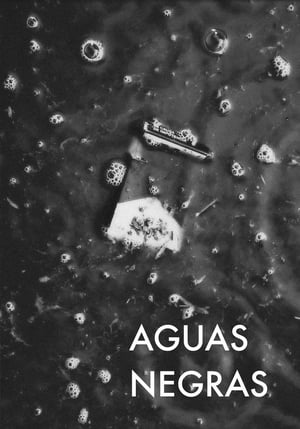 0.0
0.0Black Waters(es)
“Aguas Negras” is an experimental documentary about the Cuautitlán River. The film examines the passage of time and the pollution of the river by focusing on conversations with multiple generations of women in the filmmaker's family that have grown up by the river in a municipality identified as having the highest perception of insecurity in the State of Mexico.
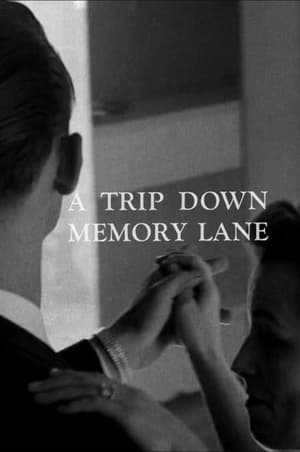 5.9
5.9A Trip Down Memory Lane(en)
A Trip Down Memory Lane is a 1965 experimental collage film by Arthur Lipsett, created by editing together images and sound clips from over fifty years of newsreel footage. The film combines footage from a beauty contest, religious procession, failed airflight, automotive and science experiments, animal experimentation, skyscraper construction, military paraphernalia, John D. Rockefeller and scenes of leisure, Richard Nixon and scenes of war, blimps and hot air balloons, and a sword swallower. Lipsett envisioned his film as a kind of cinematic time capsule for future generations.
 5.2
5.2American Journal(fr)
A cinematic essay interweaving private archive images and a mixture of reflective, speculative and poetic intertitles that, like “an old movie from the 20th century”, invites us to meditate on what Des Pallières once liked to call “our old homeland”.
 0.0
0.0Borges: A Life in Poetry(it)
A peculiar portrait of the Argentinean writer Jorge Luis Borges (1899-1986) drawn by the extravagant and original look of the Spanish writer Fernando Arrabal, who establishes a bold parallelism between Borges' work and opinions and his own creations, both literary and cinematographic.
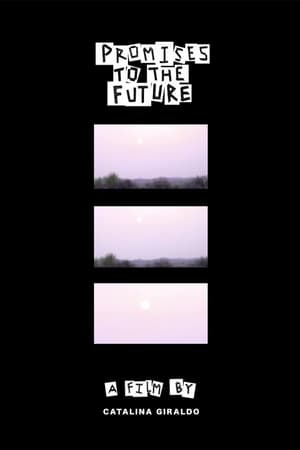 0.0
0.0Promises to the Future(en)
As the filmmaker pursues a creative career, she goes looking for others in similar positions to explore what her decision entails. Mixing experimental art and documentary film, the work explores the real and imaginary boundaries of creativity.
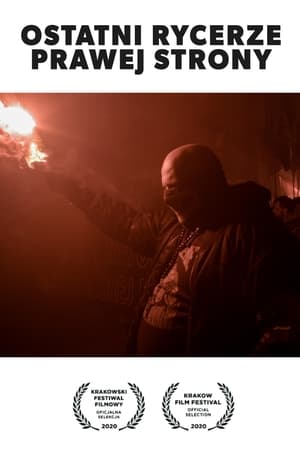 5.0
5.0Last Knights of the Right Side(pl)
Although they look almost identical in black balaclavas, they have arrived at extremely right-wing views along very different paths. For six months Michał Edelman documented the activity of the National-Radical Camp brigade from Łódź ranging from propaganda events including an obligatory barbecue through attempts to disrupt the Gay Parade in Radomsko to the culmination on the Independence Day in 2019 when they marched along the streets of Warsaw. Are the nationalists really a group of friends with clear-cut views only?
 0.0
0.0Varga(sk)
Sonia Maletzová's documentary film portrait follows the legend of the Czechoslovak music scene, rock keyboardist Marian Varga (1947-2017), at the end of his life, when he was diagnosed with a terminal illness. It captures the great introvert and avid smoker during his last performances, when he slowly began to lose his breath.
 7.3
7.3Manifest(da)
An intimate statement about the filmmaker’s need for self-expression through her own nudity and simultaneously an effort to reject the taboo of patriarchal society. Using diary entries, anger-filled personal reflections, and discussions with a mother painting her nude daughter, the film opens the topic of overcoming shame for one’s own physicality and female sexuality.
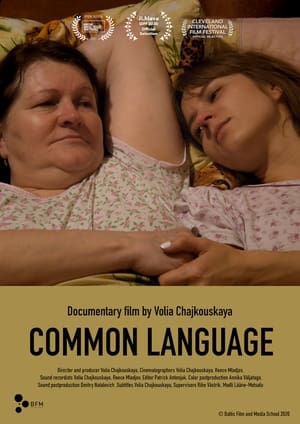 0.0
0.0Common Language(ru)
The director, who has always been viewed as the black sheep in her family, sets out to the Belarusian town of Vitebsk to talk with her parents about previous grievances and topics that were considered taboo. The effort to find a common language, which runs into stormy emotions and the inability to voice honest opinions, is captured through both personal moments and detailed shots of the protagonists’ faces.
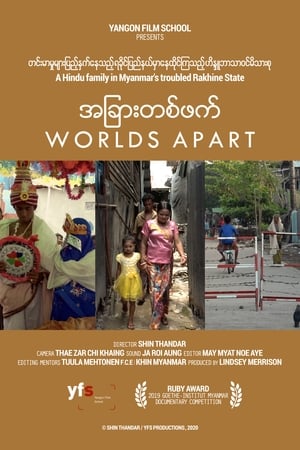 0.0
0.0Worlds Apart(my)
In 2012, violent conflicts broke out between the Muslim Rohingya and the Buddhist majority in Rakhine State on the west coast of Myanmar. The government subsequently deported Muslims and imprisoned them in a camp on the outskirts of the city. The documentary looks at the lives of neighbours on both sides.
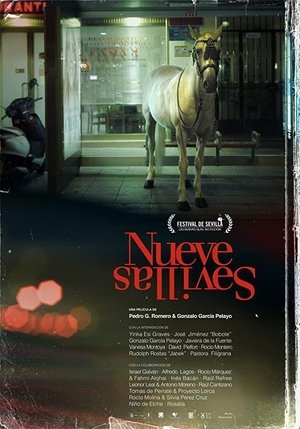 5.0
5.0Nine Sevilles(es)
"Nueve Sevillas" is a heterodox psycho-geographical profile of the new flamenco in Seville. Nine characters coexist with the great flamenco artists of today.
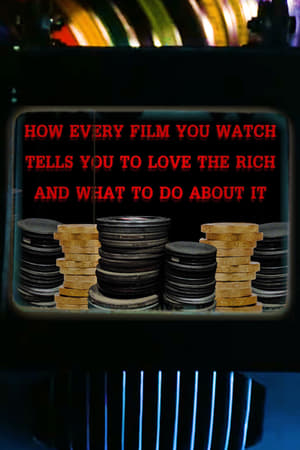 0.0
0.0How Every Film You Watch Tells You To Love The Rich and What To Do About It(en)
"How Every Film You Watch Tells You To Love The Rich and What To Do About It" explores the representations of wealth in cinema. It looks into how most beloved characters are subtly more well-off than they should be, how criticisms of the system are crushed, how the rich have become the average in the world of the cinema. And it shows how these stories distort the view of the real world, and are used against you by politicians.
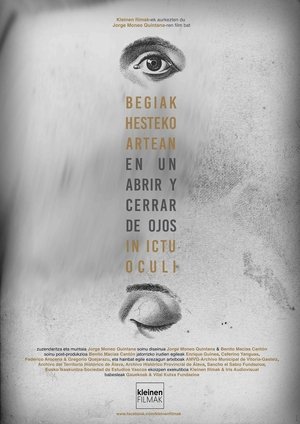 8.5
8.5In Ictu Oculi(eu)
The six-decade transformation of a block of houses, shown by means of artfully featured archival shots, highlights the beauty and sadness of human-made decay. In the blink of an eye 66 years pass by and a savings bank replaces a church.
 0.0
0.0When the Century Took Shape (War and Revolution)(fr)
In 1978, just after Le fond de l'Air Est Rouge, which mercilessly analyzed the previous ten years of the revolutionary left's momentum until its collapse, Chris Marker made this complementary piece entitled Quand le Siècle a Pris Forme (Guerre et Révolution).
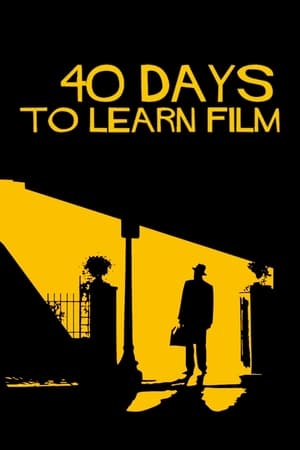 0.0
0.040 Days to Learn Film(en)
For just forty days, filmmaker and writer Mark Cousins embarks on a peculiar journey in order to explore topics as the passion for cinema and certain aspects related to making films as style, ideas, emotions and practicalities; an ambitious exploration of the universal language of cinema by analyzing pieces of work that cross every artistic and cultural boundaries.
 6.0
6.0Fram – Forward(fi)
Why do we do incredibly difficult things that have no practical application? Is there a parallel between geographic and artistic exploration? Fram is a documentary and travel film about two friends journeying to the end of the earth, in order to make a dance film in the arctic wilderness of Svalbard. En route, they explore the history of our ideas of the Arctic, along with the grand questions of life, art and our place in the world. Sharing their love of discovering new geographic and artistic frontiers, choreographer-dancer-filmmakers and outdoor enthusiasts Thomas Freundlich and Valtteri Raekallio take the viewer on an engaging journey to a place where few have been and even fewer have danced.
